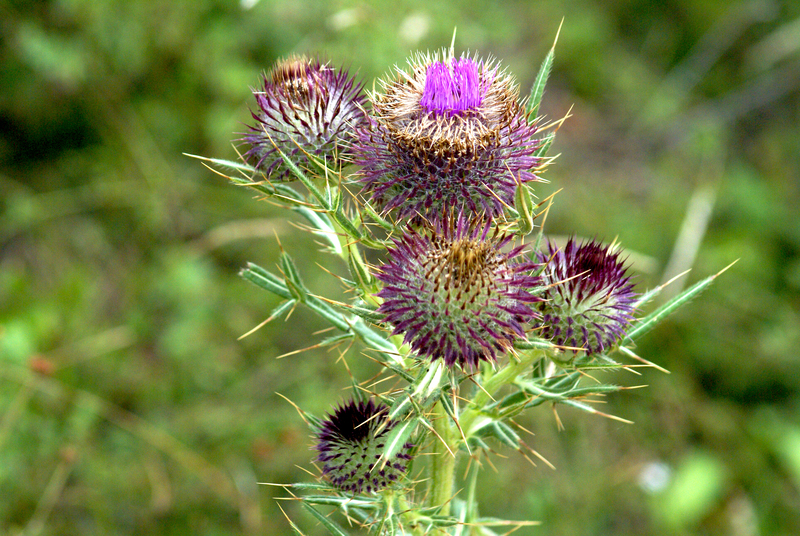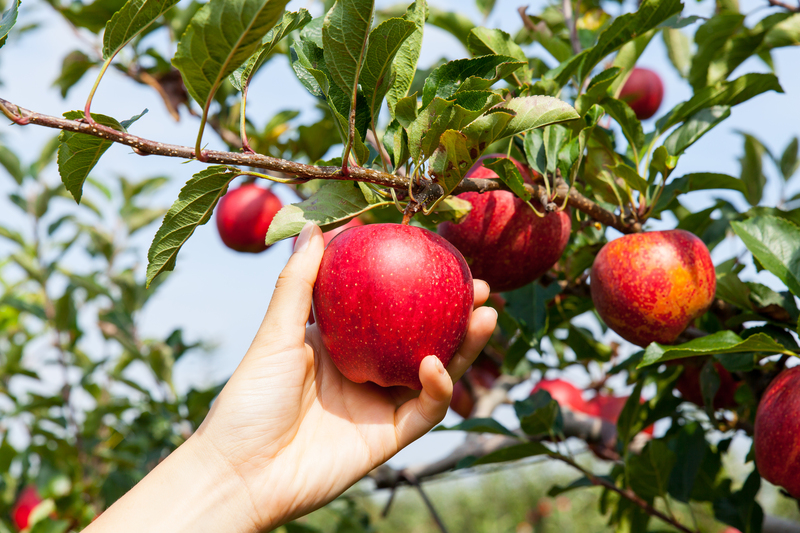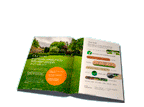Building a Garden for Local Fauna
Posted on 14/04/2025
Creating a garden that supports local fauna is a rewarding endeavor that can enhance biodiversity and foster a healthier ecosystem. Not only will you be contributing to conservation efforts, but you'll also create a serene and vibrant outdoor space. This guide will take you through the essentials of building a garden suited for local wildlife, covering plant selection, structural elements, and maintenance tips to ensure your garden thrives.
Understanding Local Fauna
Before diving into the gardening specifics, it's crucial to familiarize yourself with the local wildlife. Different regions host various species that have unique habitat needs. Local fauna includes insects, birds, mammals, reptiles, and amphibians. Researching the native species will guide your plant and habitat choices, ensuring you provide the necessary resources such as food, water, and shelter.

Choosing Native Plants
Native plants are the foundation of a garden aimed at supporting local fauna. These plants are adapted to the local climate and soil conditions, making them more resilient and requiring less maintenance. Moreover, native plants are more likely to attract native insects and pollinators, providing an essential food source for birds and other animals. Some excellent choices are milkweed for butterflies, oak trees for various birds and insects, and coneflowers for bees and other pollinators.
Creating Water Sources
Water is a critical resource for wildlife. Adding a water source, such as a bird bath, pond, or even a shallow dish, can attract numerous species to your garden. Ensure the water is kept clean and fresh to avoid attracting pests or spreading diseases. Adding aquatic plants can further support a diverse array of organisms by providing habitat and food for amphibians, insects, and birds.
Incorporating Shelter
Shelter is another key component. Dense shrubbery, brush piles, and logs can provide refuge for small mammals, birds, and insects. Birdhouses, bat boxes, and insect hotels can offer additional nesting sites. Make sure to place these shelters in safe, undisturbed areas of the garden to maximize their effectiveness.
Providing Food Sources
Establishing a variety of food sources is vital. Flowers, shrubs, and trees that produce nectar, seeds, and fruits can attract diverse wildlife. Additionally, incorporate plants that attract insects, which are a crucial food source for many birds and mammals. For example, goldenrod and asters are excellent for attracting beneficial insects.
Maintaining the Garden
Regular maintenance of your wildlife garden involves more than just watering and pruning. Avoid using pesticides and chemical fertilizers, as they can harm the very fauna you wish to attract. Opt for organic alternatives and practice organic gardening techniques. Mulching with leaf litter or compost can enhance soil quality and provide habitat for insects and other small creatures.
Pros and Cons of Building a Garden for Local Fauna
Pros:
- Supports biodiversity: Helps sustain local wildlife populations.
- Improves ecosystem health: Enhances soil quality and plant diversity.
- Educational opportunities: Offers hands-on learning about local species and conservation.
- Aesthetic appeal: Creates a beautiful, dynamic outdoor space.
- Environmental impact: Reduces carbon footprint and pesticide use.
Cons:
- Initial setup costs: Can require a significant investment in native plants and materials.
- Maintenance: May need regular upkeep and monitoring.
- Pests: Can attract unwanted wildlife or insects.
- Space requirements: Needs adequate space to accommodate different habitats.
- Local regulations: Some areas may have restrictions on certain types of landscaping.
Tips for Success
1. Start Small: If you're new to wildlife gardening, begin with a small section and gradually expand.
2. Diversify Plants: Mix various plant species to provide a range of resources throughout the year.
3. Monitor Wildlife: Keep a journal of the species that visit your garden to track its success.
4. Community Involvement: Join local gardening or wildlife groups for support and resources.
5. Patience: Creating a thriving wildlife garden takes time; don't be discouraged by initial challenges.

Key Takeaways
- Local Research: Understand the needs of local fauna to tailor your garden effectively.
- Native Plants: Prioritize native plant species to ensure compatibility with local wildlife.
- Water and Shelter: Provide essential resources like water and shelter to attract and sustain wildlife.
- Maintenance: Maintain your garden organically to protect both plants and animals.
- Commitment: Building and maintaining a wildlife garden require time and effort, but the rewards are substantial.
Conclusion
Building a garden for local fauna is a meaningful way to contribute to conservation while enjoying the beauty and tranquility of nature. By carefully selecting plants, creating water sources, and providing shelter, you can create a thriving ecosystem right in your backyard. Though there may be challenges, the benefits to both local wildlife and your personal well-being make it a worthwhile project. Armed with the tips and information provided, you're well on your way to creating a vibrant habitat that supports and celebrates local biodiversity.






 Certified and experienced landscapers
Certified and experienced landscapers



 Get a Quote
Get a Quote